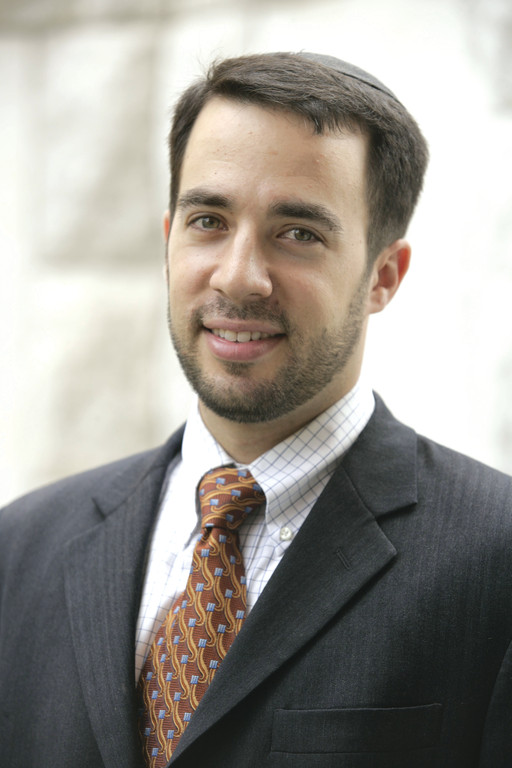There’s more than one way to read the Torah
It is time to set the record straight. The undertaking of this column each week is often driven by a desire to find new approaches to oft-repeated ideas in the Torah.
By “new” I mean “not the way you’ve been learning it since second grade.”
Rashbam (Rashi’s grandson who disagreed with him on a number of interpretations) writes at the beginning of Parshat Vayeshev (37:2) — shortly before he explains that Yosef’s brothers did not sell him! — that he was talking with his grandfather Rashi who told him that if he only had the time haya tzarich (he would have needed), he’d have rewritten his commentary on account of the novel ideas that come to him on a daily basis.
So if Rashi would argue with Rashi, we must get out of the box that says there is only one way to learn. “Shivim Panim La’Torah” (there are 70 faces to the Torah) is how we are to learn; this is not meant to be a buzzword or phrase.
Let’s consider the ages of people: Avraham when (if) he was thrown into a fire, and when he discovered G-d; Yitzchak at the Akedah; Rivkah at her marriage; Shimon and Levi (and Dinah!) in Shechem; Moshe when he kills the Egyptian; the age of every Pharaoh we meet.
And some narrative tales: Og and the Ark; Noach being attacked by a lion; that Yishmael tried to kill baby Yitzchak; Yitzchak becoming blind because of the angel’s tears at the Akedah; every image of malachim (messengers) of G-d our minds have concocted; that Eliezer’s camels flew across the desert; that Rachel gave Leah signs (maybe Lavan got Yaakov drunk); that Yosef knew a language Pharaoh didn’t know; that the brothers sold Yosef; that Eisav was killed at Yaakov’s funeral; that Moshe had a speech impediment (because he put coal in his mouth as a baby in Pharaoh’s palace!); that Moshe did not strike the water to turn it into blood; our identification of plagues involving animals (tzfardea, kinim, arov, arbeh).
Much of our knowledge is embedded in us because schoolteachers love to teach Midrash stories. But the “drash” part dea to teach lessons. A story without a lesson is a fluffing of the Torah.
Raise your hand if you have been extremely disappointed when you discovered as an adult that some of the things you had been taught as gospel truth are not even in the Torah. I thought so.

 60.0°,
A Few Clouds
60.0°,
A Few Clouds 




